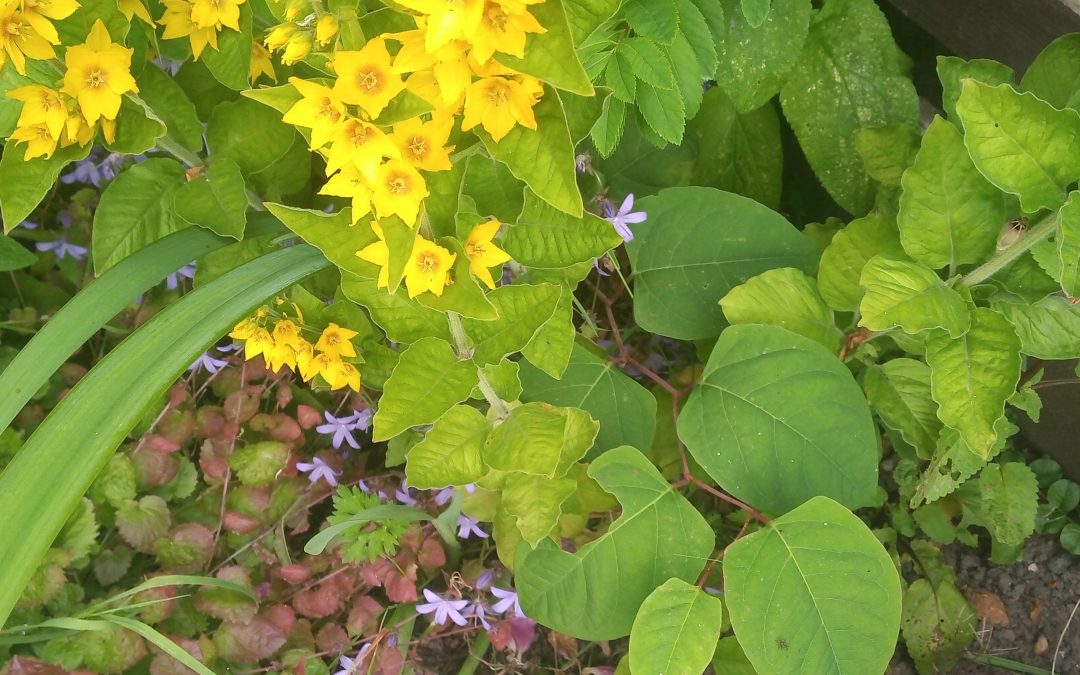Learn about the Environmental impact of Japanese Knotweed on native species and ecosystems.
Understand how this invasive plant species can disrupt the balance of your local ecosystems and what steps you can take to help protect your local environment.
Introduction: Japanese Knotweed is a highly invasive plant species notorious for its ability to spread rapidly and damage buildings and infrastructure. However, its impact extends far beyond the built environment, and it also significantly affects native species and ecosystems. In this article, we’ll explore the environmental effects of Japanese Knotweed and what steps you can take to help protect your local environment.
The Environmental Impact of Japanese Knotweed:
- Disrupting the Balance of Local Ecosystems: Japanese Knotweed can quickly dominate an area, outcompeting native species for resources like light, water, and nutrients. This can disrupt the balance of local ecosystems and lead to the decline of native plant and animal species.
- Decreasing Biodiversity: Japanese Knotweed can reduce an area’s overall biodiversity by outcompeting native species. This can have a cascading effect, impacting the entire ecosystem and causing the loss of important species and functions.
- Altering Soil Composition: Japanese Knotweed has deep roots that can penetrate the soil, altering its composition and making it more difficult for other plant species to establish themselves.
- Impacts on Wildlife: Japanese Knotweed can also impact wildlife by reducing food availability and habitat availability for native species.
Steps You Can Take to Help Protect Your Local Environment:
- Prevent Spread: To help prevent the spread of Japanese Knotweed, it’s essential to contain and prevent it from spreading to new areas. This may involve digging up the plant and disposing of it properly or using barriers to include it.
- Support Native Species: By supporting native species and creating habitats conducive to their growth, you can help restore the balance of local ecosystems and reduce the impact of invasive species like Japanese Knotweed.
- Collaborate with Local Authorities: Work with local authorities and organisations to develop and implement management strategies for Japanese Knotweed and other invasive species. This can help to address the problem at a larger scale and have a more significant impact.
- Educate Others: Share your knowledge about the impacts of Japanese Knotweed and other invasive species with your community and encourage others to protect the local environment.
So to conclude
The Environmental Impact of Japanese Knotweed on Native Species and Ecosystem. Japanese Knotweed is a highly invasive plant species that significantly impacts native species and ecosystems. By understanding its impact and taking steps to prevent its spread, we can help protect our local environment and restore the balance of local ecosystems. Whether you’re working to contain the plant on your property or advocating for change at a larger scale, there are many ways that you can help to protect your local environment from the impacts of invasive species like Japanese Knotweed.
